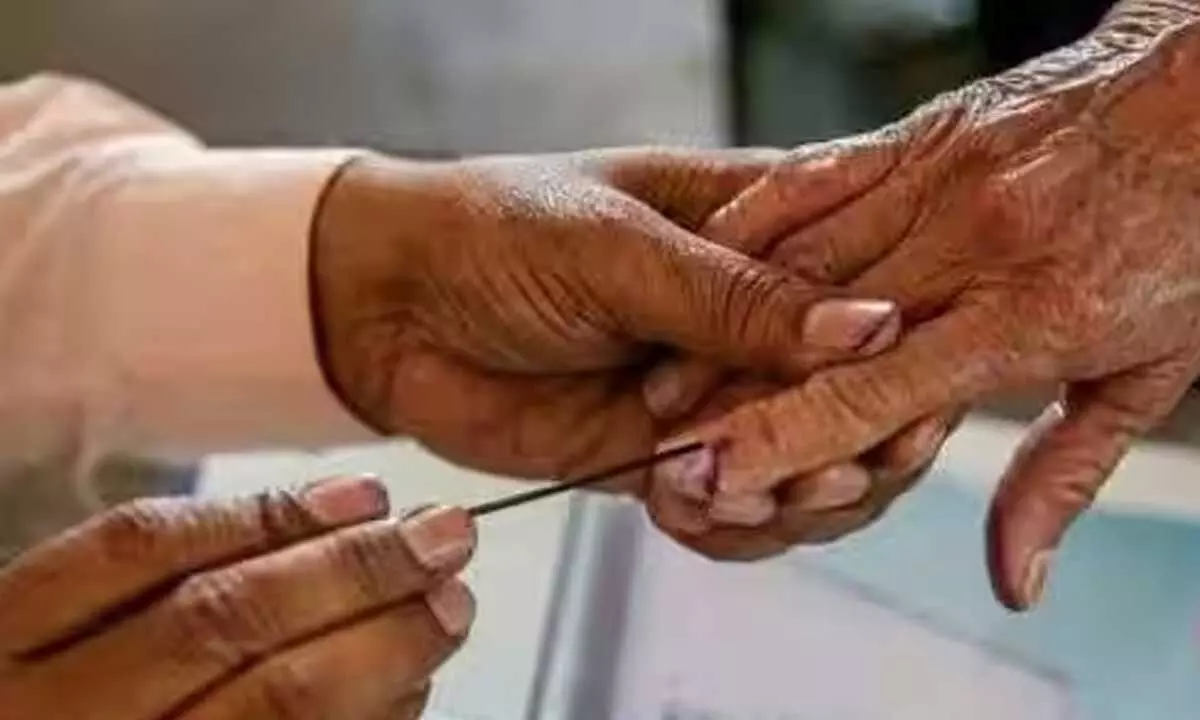Live
- ‘AOA’ is a blend of comedy & emotional depth: Dialogue writer Abburi Ravi
- Why May 1 is Celebrated as Maharashtra Day and Gujarat Day?
- ‘Alasina Oopiri’ from ‘Sabari’ portrays mother-daughter sentiment
- International Labour Day 2024: Date, history and significance
- Exciting update: Time and date locked for teaser for Pawan Kalyan’s ‘Hari Hara Veera Mallu’
- Bhojpuri Star Amrita Pandey found dead after cryptic post
- AstraZeneca admits Covishield jab raises TTS risk. Should you be worried?
- TDP-BJP-Jana Sena Alliance Unveils Joint Manifesto
- Allagadda MLA and Nandyala MP candidates campaign in R. Jambuladinne village
- Karnataka Politics - The controversy surrounding caste quotas








